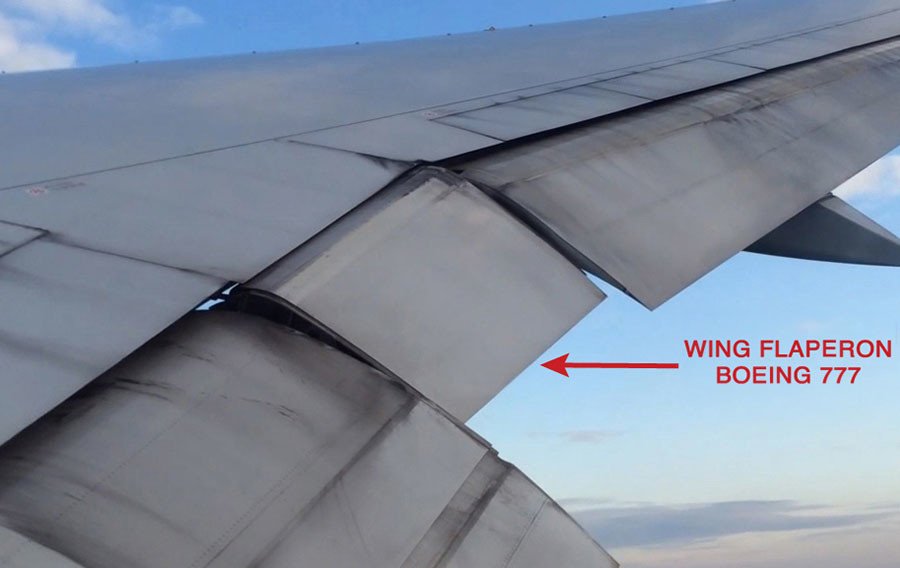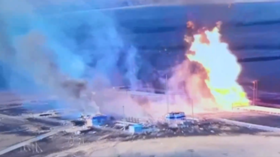Rogue pilot? Air crash investigator says MH370 was ‘deliberately’ flown into ocean

While the current theory suggests the ill-fated Flight MH370 was unpiloted when it crashed over the ocean with 239 people on board, a leading air crash investigator cites “definite evidence” the plane was brought down by somebody in the cockpit.
More than two years after the Boeing 777, flying from Kuala Lumpur to Beijing, disappeared somewhere over the Indian Ocean, presumably killing all passengers and crew on board, investigators have been struggling to explain what happened. It is widely believed the pilots and the passengers were already dead or incapacitated when the Boeing 777 hit the water.
But Larry Vance, a leading Canadian air crash investigator who led a 1998 inquiry into the downing of Swissair Flight 111, believes MH370 was not a “ghost flight.” Instead, it could have been glided into the ocean by an active pilot, he told Australia’s Channel 9 on Sunday.
"Somebody was flying the airplane at the end of its flight," Vance stated. "Of all the potentials that might have happened, there is no other theory that fits."
“An aircraft that goes out of control at 30,000 feet will hit the water with tremendous impact,” Vance said. “We saw it in Swissair, we saw it in other accidents.” A high-speed descent, he asserted, would have created millions of pieces of floating debris, which was not the case in the MH370 crash.
He suggested the nature of damage to a Boeing 777 flaperon found on the French Indian Ocean island of Reunion last July indicate it may have been extended when the plane hit the water. Vance believes the flaperon could only be activated from the flight deck.
“The momentum of it, dragging that little flaperon through the water, would be absolutely enormous. The force of the water is really the only thing that could make that jagged edge that we see.
“I think that this flaperon shows definite evidence that it was extended … somebody would have to select it,” the expert said, adding that it could have been a controlled ditching, which explains why there was no floating debris from the heavy aircraft.

If the Boeing 777 was landed on the water at landing speed, the fuselage would be left largely intact and could give some clue as to why “there’s nothing from inside the airplane,” Vance went on.
The flaperon is an aircraft wing’s part that combines functions of both flaps and ailerons, and it is normally used during take-off and landing to compensate lowered speed.
The flaperon found last year is now being examined by French investigators while Malaysian aviation authorities say they have been unable to take possession of it, a year after its discovery.
‘High possibility’ Mozambique debris belong to Boeing 777 aircraft – Malaysian minister
“When the flaperon was found, everyone should have concluded this was a human-engineered event," Vance said.
"I think the fuselage is intact for the most part, and is on the bottom of the Indian Ocean."
It has recently been revealed that MH370’s captain, Zaharie Ahmad Shah, rehearsed the flight path on a simulator found at his home in Malaysia. Data retrieved from the flight simulator showed he plotted an almost identical route deep into the southern Indian Ocean.














